Akụkọ
-
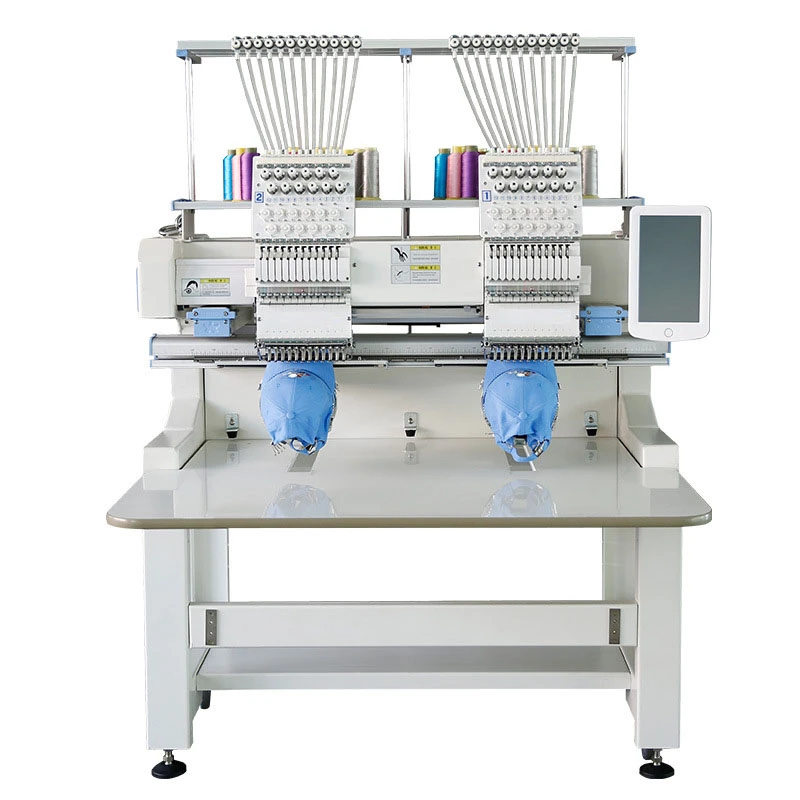
Enhance Creativity with a Programmable Embroidery Machine
The world of embroidery has advanced tremendously with the introduction of programmable embroidery machines, patch embroidery machines, and cloth embroidery machines.GỤKWUO -
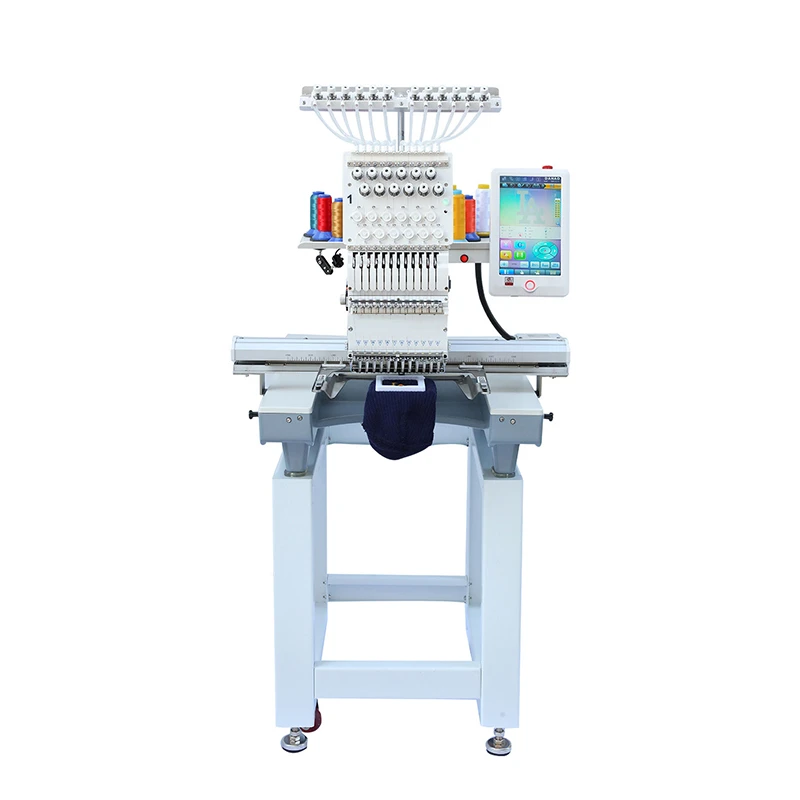
Mastering Efficiency with a 2 Head Embroidery Machine
Embroidery has been a cherished art form across countless cultures for centuries, transforming plain fabrics into vibrant, expressive pieces of wearable art and decor.GỤKWUO -
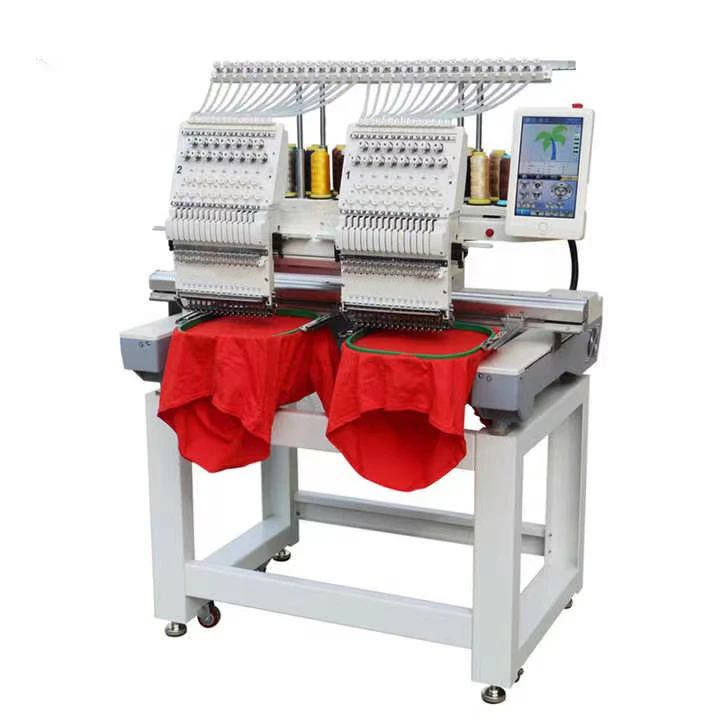
Importance Of Embroidery Machines In The Textile Industry
In the modern clothing and textile industry, embroidery machines have become one of the indispensable equipment.GỤKWUO -
Effect Of Embroidery Machines In The Textile Industry
In recent years, with the continuous development of the textile industry and the increase in consumer demand for personalized clothing, various types of embroidery machines have become more and more widely used in the market.GỤKWUO -
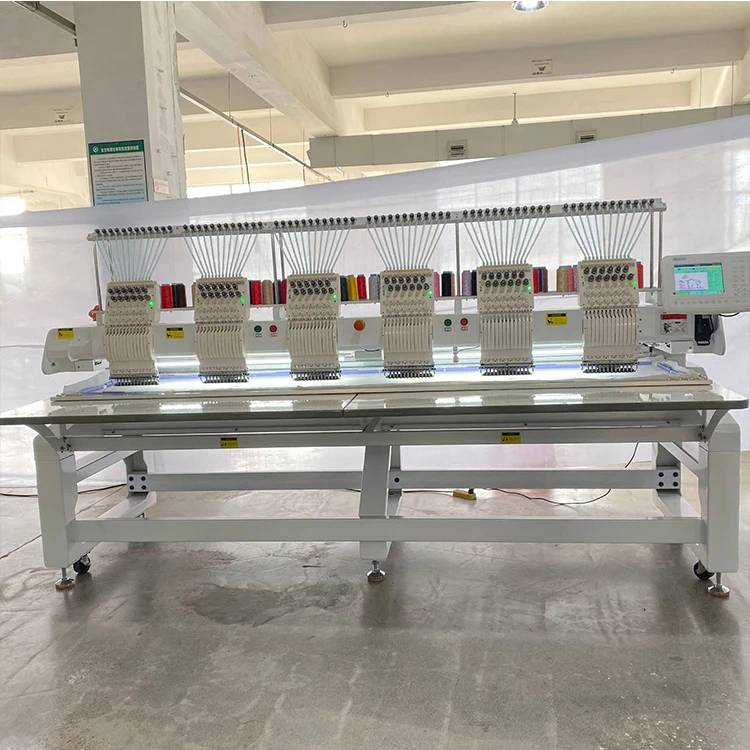
Discuss The Development History Of Embroidery Machines
With the continuous advancement of science and technology and the increasing demand for personalized clothing, embroidery machines have occupied an increasingly important position in the modern textile industry.GỤKWUO -
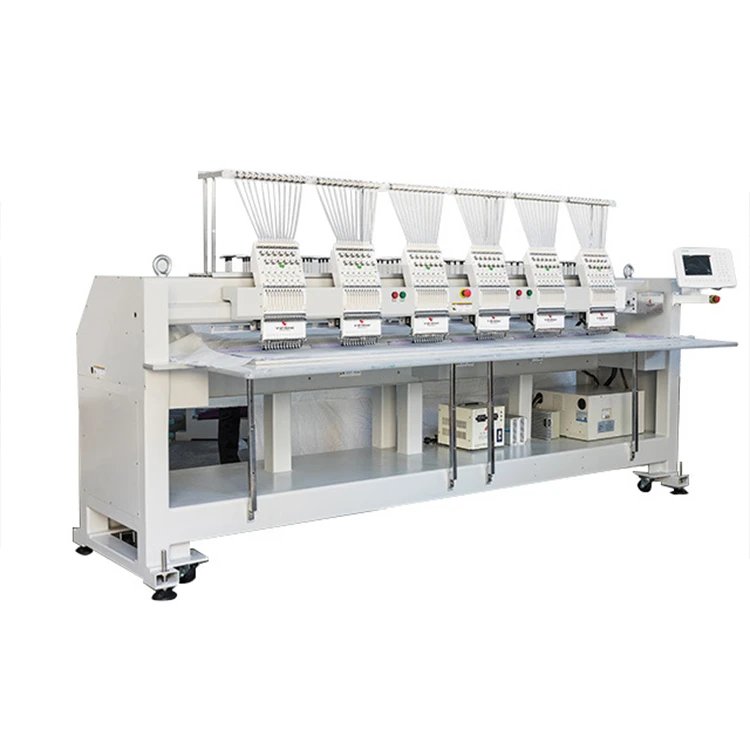
Application Of Digital Embroidery Machine
With the advancement of technology, embroidery technology is also constantly improving and developing.GỤKWUO -
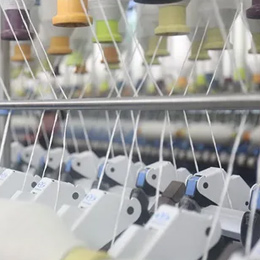
Igwe ihe a na-eme ihe na kọmpụta
Igwe a na-akpa ihe na kọmpụta, nke a makwaara dị ka igwe embroidery kọmputa, bụ igwe eji akwa akwa ọgbara ọhụrụ nke na-etinye teknụzụ dị iche iche nke igwe eletrọnịkị.GỤKWUO -
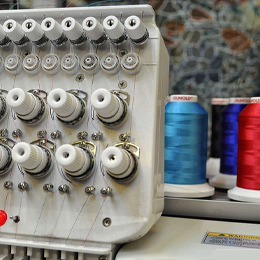
China bụ nnukwu ndị na-ebupụ igwe eji eme ihe na kọmputa
Igwe a na-akpa ihe na kọmpụta, nke a makwaara dị ka igwe embroidery kọmpụta, bụ igwe eji akwa akwa ọgbara ọhụrụ nke na-egosipụta teknụzụ ntinye mechatronics dị iche iche.GỤKWUO -
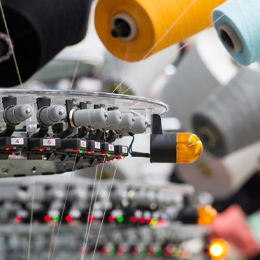
Igwe a na-akpa ihe na kọmpụta aghọwo ebe ọhụrụ na-eto eto n'ụlọ ọrụ na-emepụta akwa ákwà
Igwe a na-akpa akwa kọmpụta bụ igwe eji akwa akwa kachasị elu n'oge a. Ọ nwere ike ọ bụghị naanị nweta ngwa ngwa ngwa ngwa ọdịnala dị elu na nke ọma, kamakwa izute mmepụta ihe achọrọ nke "ọtụtụ ọkwa, multifunctional, jikọtara ọnụ na nke zuru oke" nke igwe eji eme ihe na-enweghị ike nweta. Ọ bụ ngwaahịa electromechanical ọgbara ọhụrụ.GỤKWUO

Copyright © 2025 Xingtai Pufa Trading Co., Ltd All Rights Reserved. Sitemap | Privacy Policy
